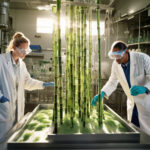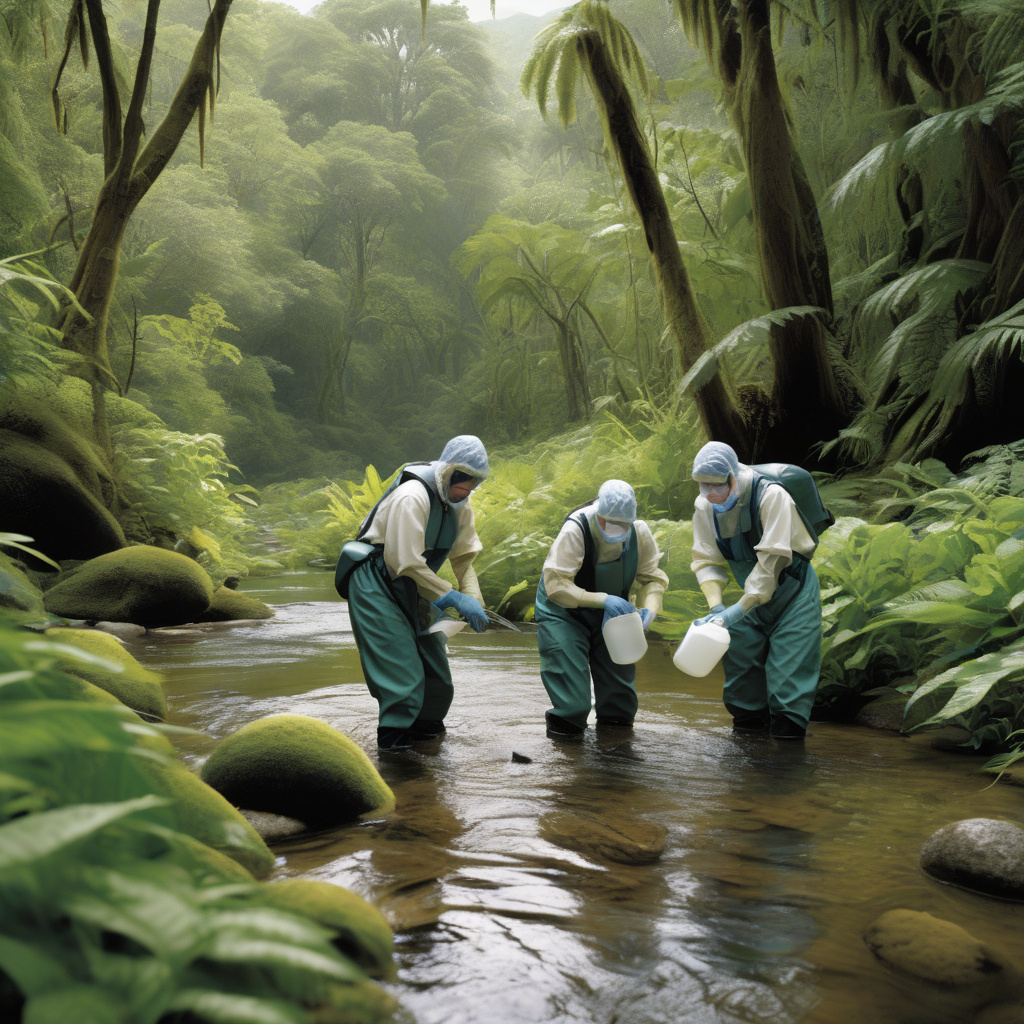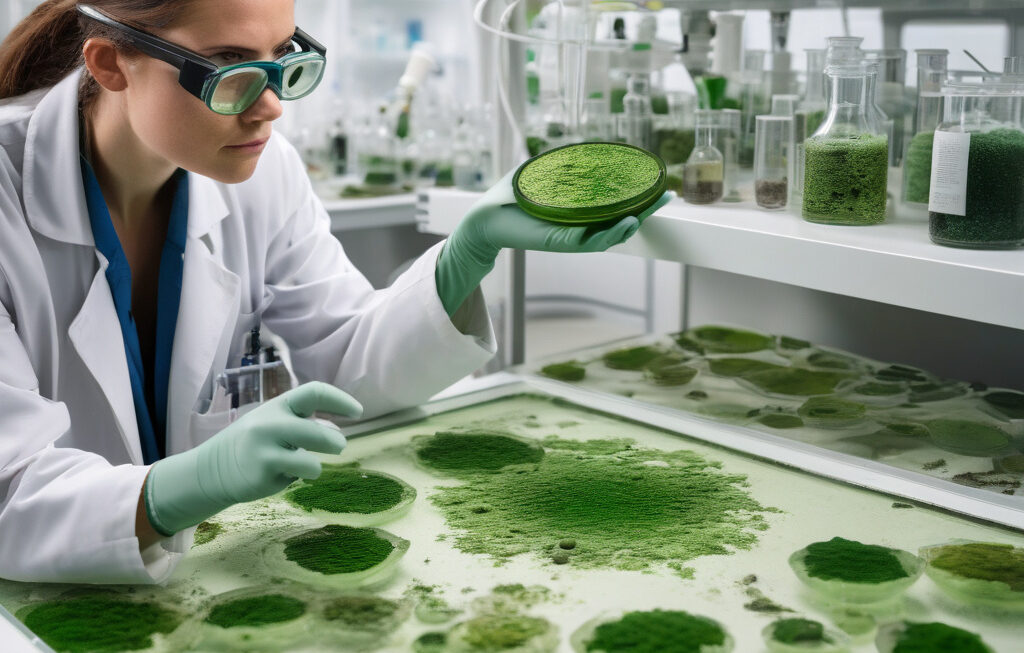Unraveling the Mystery: Understanding the Factors Behind Microplastic Retention in Streams
A team of dedicated researchers has recently delved into the intricate world of microplastics, specifically focusing on the factors that contribute to their retention in streams. This investigation sheds light on a pressing environmental issue that has been plaguing water bodies worldwide.
Microplastics, tiny plastic particles less than 5mm in size, have become a pervasive pollutant in aquatic ecosystems, posing a significant threat to marine life and human health. While the sources of microplastics are well-documented – including the breakdown of larger plastic items and microbeads in personal care products – their behavior once they enter water systems is not fully understood.
The recent study, conducted by a team of experts in environmental science and water management, aimed to unravel the mystery of why and how microplastics are retained in streams. By analyzing the composition of microplastics, studying the flow patterns of streams, and assessing environmental conditions, the researchers were able to gain valuable insights into this complex issue.
One of the key findings of the study was the significant impact of stream flow on microplastic retention. Streams with slower flow rates were found to have higher concentrations of microplastics, indicating that stagnant or slow-moving water bodies are more prone to accumulating these pollutants. This highlights the importance of considering hydrodynamics and flow patterns when assessing the risk of microplastic contamination in streams.
Furthermore, the researchers identified the types of microplastics that are most commonly retained in streams. While larger plastic debris tends to get trapped in the streambed or along the banks, smaller microplastics are more likely to remain suspended in the water column, making them harder to remove. Understanding the size distribution and characteristics of microplastics in streams is crucial for developing effective mitigation strategies.
In addition to flow dynamics and particle characteristics, the study also explored the role of environmental factors in microplastic retention. Factors such as sediment composition, vegetation cover, and land use practices were found to influence the behavior of microplastics in streams. For instance, streams flowing through urban areas with high levels of plastic pollution were more likely to have elevated concentrations of microplastics.
The findings of this research have significant implications for environmental policymakers, water resource managers, and conservationists. By identifying the key factors that contribute to microplastic retention in streams, stakeholders can develop targeted strategies to prevent further contamination and protect freshwater ecosystems.
In conclusion, the investigation into the causes of microplastic retention in streams offers valuable insights into a pressing environmental issue. By understanding the complex interplay of flow dynamics, particle characteristics, and environmental factors, researchers are paving the way for more effective solutions to combat microplastic pollution in water bodies.
Source: Investigating the cause of microplastic retention in streams
#Microplastics, #StreamPollution, #EnvironmentalResearch, #WaterManagement, #FreshwaterEcosystems











